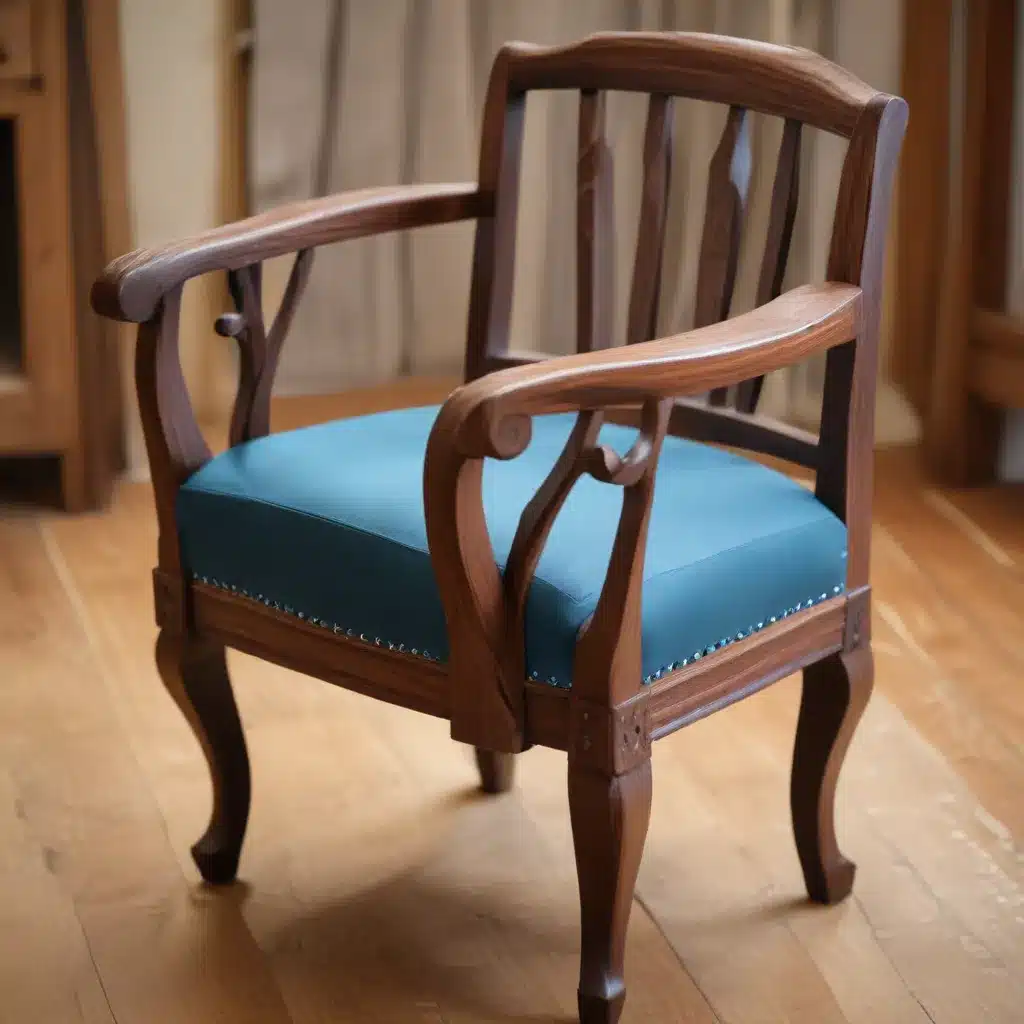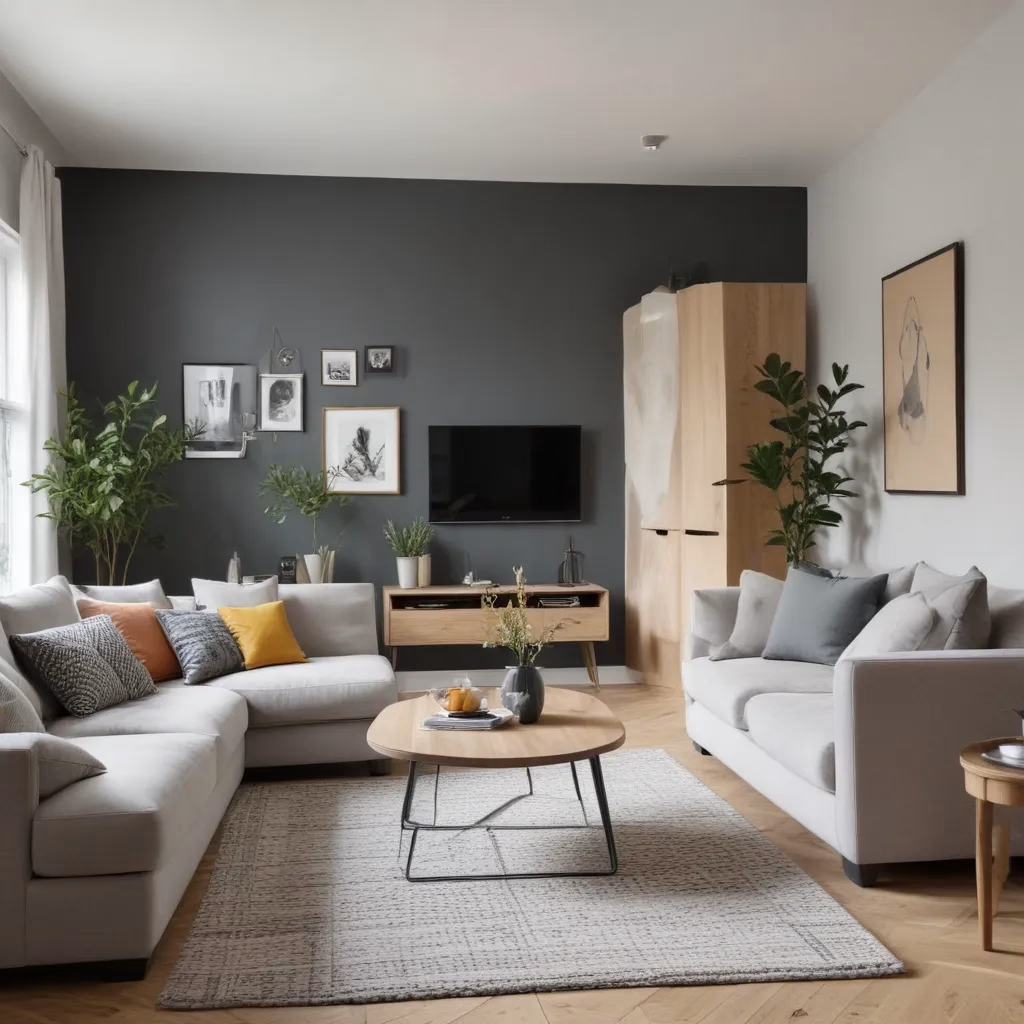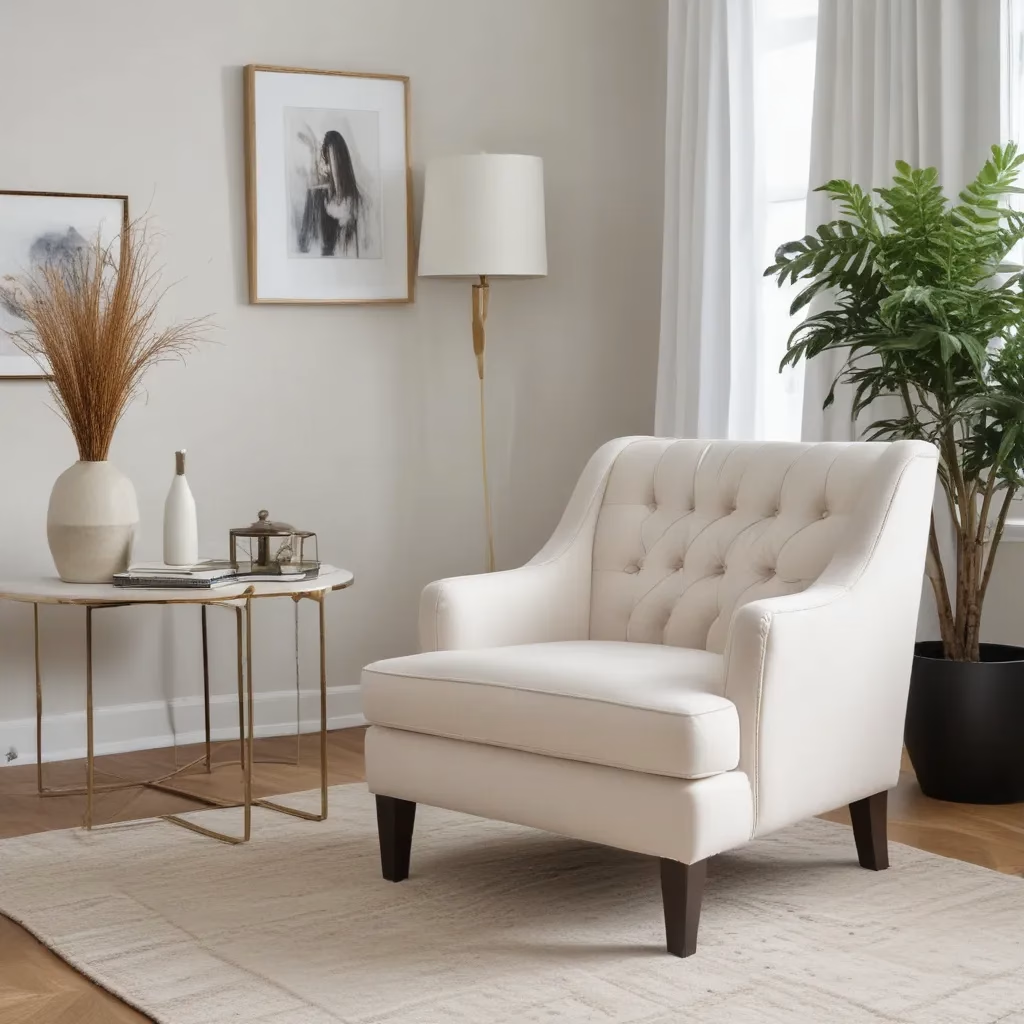
The Art of Sofa Selection: A UK Perspective
In the realm of home furnishings, few pieces hold as much significance as the sofa. As the centrepiece of living rooms across the United Kingdom, the right sofa can transform a space from ordinary to extraordinary. The process of selecting the perfect sofa is both an art and a science, requiring careful consideration of style, comfort, and practicality.
UK homeowners are increasingly seeking sofas that not only provide a comfortable place to relax but also reflect their personal taste and complement their home’s overall aesthetic. This shift towards personalisation has led to a rise in demand for customisable options and unique designs that stand out from mass-produced alternatives.
The concept of ‘handcrafted harmony’ has gained traction in recent years, with many UK consumers opting for sofas that showcase skilled craftsmanship and attention to detail. This trend reflects a growing appreciation for quality and longevity in furniture, as well as a desire to support local artisans and sustainable manufacturing practices.
Understanding Sofa Styles: From Classic to Contemporary
Traditional Elegance
Traditional sofa styles remain popular in many UK homes, particularly in period properties or those with a classic interior design scheme. These sofas typically feature rolled arms, wooden legs, and plush upholstery. The Chesterfield sofa, with its distinctive deep-buttoned upholstery and high arms, is a quintessentially British design that continues to be a favourite.
Traditional sofas often incorporate decorative elements such as piping, pleating, or tufting. These details add visual interest and can elevate the overall look of a living room. While they may seem formal, many modern interpretations of traditional styles offer a balance of elegance and comfort.
For those seeking a timeless look, a well-crafted traditional sofa can serve as an anchor for the room’s decor, allowing for flexibility in styling with accessories and complementary furniture pieces.
Modern Minimalism
In contrast to the ornate details of traditional sofas, modern designs embrace clean lines and simplicity. These sofas are characterised by their low profiles, straight arms, and often, exposed legs. The focus is on form and function, with an emphasis on comfort without sacrificing style.
Modern sofas typically feature neutral colours and streamlined silhouettes, making them versatile additions to various interior styles. They can be particularly well-suited to smaller UK homes, as their sleek designs can help create a sense of openness and space.
Many contemporary UK homeowners are drawn to the understated elegance of modern sofas, appreciating their ability to blend seamlessly with a range of decor styles from minimalist to eclectic.
Mid-Century Modern Revival
The enduring appeal of mid-century modern design has led to a resurgence of sofas inspired by this iconic era. Characterised by organic shapes, tapered legs, and a focus on functionality, mid-century modern sofas offer a perfect balance between retro charm and contemporary sensibilities.
These sofas often feature distinctive elements such as button tufting, angled legs, and a mix of materials like wood and fabric. The combination of comfort and style makes them popular choices for UK homes looking to add a touch of vintage flair without compromising on modern comfort.
Mid-century modern sofas can serve as statement pieces, adding personality and character to a room while still maintaining a sense of timelessness.
Material Matters: Choosing the Right Fabric for Your Sofa
The choice of upholstery material is crucial in determining both the look and longevity of a sofa. UK consumers have a wide array of options to choose from, each with its own set of benefits and considerations.
Natural Fabrics
Natural fabrics such as cotton, linen, and wool remain popular choices for sofa upholstery in the UK. These materials offer breathability, comfort, and a luxurious feel. They are also favoured for their eco-friendly credentials, appealing to environmentally conscious consumers.
Cotton is known for its softness and durability, making it a practical choice for everyday use. Linen, while requiring more care, offers a relaxed, casual elegance that suits many contemporary UK homes. Wool, with its natural resistance to staining and durability, is an excellent option for those seeking warmth and comfort.
However, natural fabrics can be more susceptible to fading and may require more frequent cleaning, factors that should be considered when making a selection.
Synthetic Options
Synthetic fabrics have come a long way in recent years, offering improved durability and ease of maintenance. Materials such as polyester, microfibre, and nylon are increasingly popular among UK homeowners, particularly those with young children or pets.
These fabrics are often more resistant to staining and fading compared to their natural counterparts. They can also be easier to clean, making them practical choices for high-traffic areas. Many synthetic fabrics now mimic the look and feel of natural materials, providing a cost-effective alternative without compromising on style.
When selecting synthetic upholstery, it’s important to consider factors such as breathability and environmental impact, as some options may not be as eco-friendly as natural alternatives.
Leather: Timeless Appeal
Leather sofas continue to be a popular choice in UK homes, prized for their durability, ease of maintenance, and timeless appeal. Full-grain leather, in particular, is highly sought after for its ability to develop a rich patina over time, adding character to the sofa.
While leather sofas can be a significant investment, their longevity often makes them cost-effective in the long run. They are also well-suited to a variety of interior styles, from traditional to contemporary.
It’s worth noting that leather requires specific care to maintain its appearance and prevent cracking or fading. Additionally, those seeking a more ethical option may want to explore alternatives such as high-quality faux leather or plant-based leather substitutes.
Comfort Considerations: Beyond Aesthetics
While style and material are important factors in sofa selection, comfort should never be overlooked. After all, a sofa is meant to be lived in and enjoyed.
Seating Depth and Height
The ideal seating depth and height can vary depending on individual preferences and body types. Generally, a seat depth of 60-70 cm is considered comfortable for most adults, allowing for proper back support while seated.
Seat height is equally important, with most UK sofas ranging from 40-50 cm high. The right height should allow users to sit comfortably with their feet flat on the floor.
It’s advisable to test different sofas before making a purchase, as personal comfort preferences can vary widely.
Cushion Filling
The filling used in sofa cushions plays a significant role in both comfort and durability. Common options include:
| Filling Type | Comfort Level | Durability | Maintenance |
|---|---|---|---|
| Foam | Firm | High | Low |
| Feather | Soft | Medium | High |
| Fibre | Medium | Medium | Medium |
Many UK sofas now use a combination of fillings to achieve an optimal balance of comfort and support. For example, a foam core wrapped in feathers can provide both structure and softness.
Back Support
Proper back support is essential for long-term comfort. Look for sofas with well-designed back cushions that maintain their shape over time. Some sofas feature adjustable or removable back cushions, allowing for personalised comfort and easy maintenance.
Tailoring Your Sofa: Customisation Options
The trend towards personalisation has led many UK furniture makers to offer customisation options for sofas. This allows homeowners to create a piece that perfectly fits their space and style preferences.
Fabric Selection
Many retailers now offer a wide range of fabric options, allowing customers to choose not only the colour but also the texture and pattern of their sofa upholstery. This level of customisation ensures that the sofa complements existing decor and reflects personal taste.
Size and Configuration
Modular sofas have gained popularity in the UK, offering flexibility in terms of size and layout. These sofas can be reconfigured to suit different room layouts or expanded to accommodate growing families.
Custom sizing is also becoming more common, with some manufacturers offering made-to-measure services to ensure a perfect fit in any space.
Finishing Touches
Details such as leg style, arm shape, and cushion type can often be customised to create a truly unique piece. Some UK furniture makers even offer the option to mix and match different elements, resulting in a sofa that is truly one-of-a-kind.
Caring for Your Sofa: Maintenance Tips
Proper care and maintenance can significantly extend the life of a sofa, ensuring it remains a cherished part of your home for years to come.
Regular Cleaning
Vacuuming your sofa weekly can help remove dust and debris that can accumulate in the fabric. For leather sofas, regular dusting with a soft, dry cloth is usually sufficient.
Addressing Stains Promptly
Accidents happen, but prompt action can prevent permanent staining. Always refer to the manufacturer’s care instructions, as different materials may require specific cleaning methods.
Professional Cleaning
Consider having your sofa professionally cleaned every 12-18 months to maintain its appearance and hygiene. This is particularly important for heavily used sofas or those in homes with pets or children.
Protection from Sunlight
Direct sunlight can cause fading and damage to sofa upholstery over time. Consider using window treatments or repositioning your sofa to minimise exposure to strong sunlight.
The Future of Sofa Design: Trends to Watch
As we look towards the future of sofa design in the UK, several trends are emerging that reflect changing lifestyles and consumer preferences.
Multifunctional Designs
With many UK homes embracing open-plan living and multi-purpose spaces, sofas that offer additional functionality are gaining popularity. This includes designs with built-in storage, adjustable backs for varied seating positions, and even integrated technology such as charging ports.
Sustainable Materials
As environmental concerns continue to influence consumer choices, we’re seeing a growing demand for sofas made from sustainable materials. This includes not only eco-friendly fabrics but also responsibly sourced wood for frames and recycled materials for fillings.
Bold Colours and Patterns
While neutral tones remain popular, there’s a growing trend towards bolder colour choices and eye-catching patterns in sofa design. This reflects a desire to make a statement with furniture and express individuality through home decor.
Smart Sofas
The integration of technology into furniture is an emerging trend, with some manufacturers exploring features such as built-in speakers, adjustable lighting, and even temperature control in sofas.
Making Your Decision: Final Considerations
Choosing the perfect sofa is a significant decision that requires careful consideration of various factors. Here are some final points to keep in mind:
-
Measure Your Space: Always measure your room and doorways to ensure your chosen sofa will fit comfortably in your home.
-
Consider Your Lifestyle: Think about how you’ll use the sofa and choose materials and styles that suit your daily life.
-
Set a Budget: Quality sofas can be a significant investment. Determine your budget early in the process, but remember that a well-made sofa can last for many years, making it a worthwhile expense.
-
Test Before You Buy: Whenever possible, visit showrooms to test sofas in person. Sit, lie down, and spend time on the sofa to ensure it meets your comfort needs.
-
Read Reviews: Look for reviews from other UK customers to get insights into the long-term performance and satisfaction with different sofa models.
-
Understand Warranties: Familiarise yourself with the warranty and return policies of the retailer or manufacturer.
By taking these factors into account and considering the information provided in this guide, you’ll be well-equipped to choose a sofa that not only looks great in your home but also provides comfort and enjoyment for years to come.
For more information on sofa styles, materials, and care, visit SofaSpectacular, where you’ll find a wealth of resources to help you make an informed decision about your next sofa purchase.



